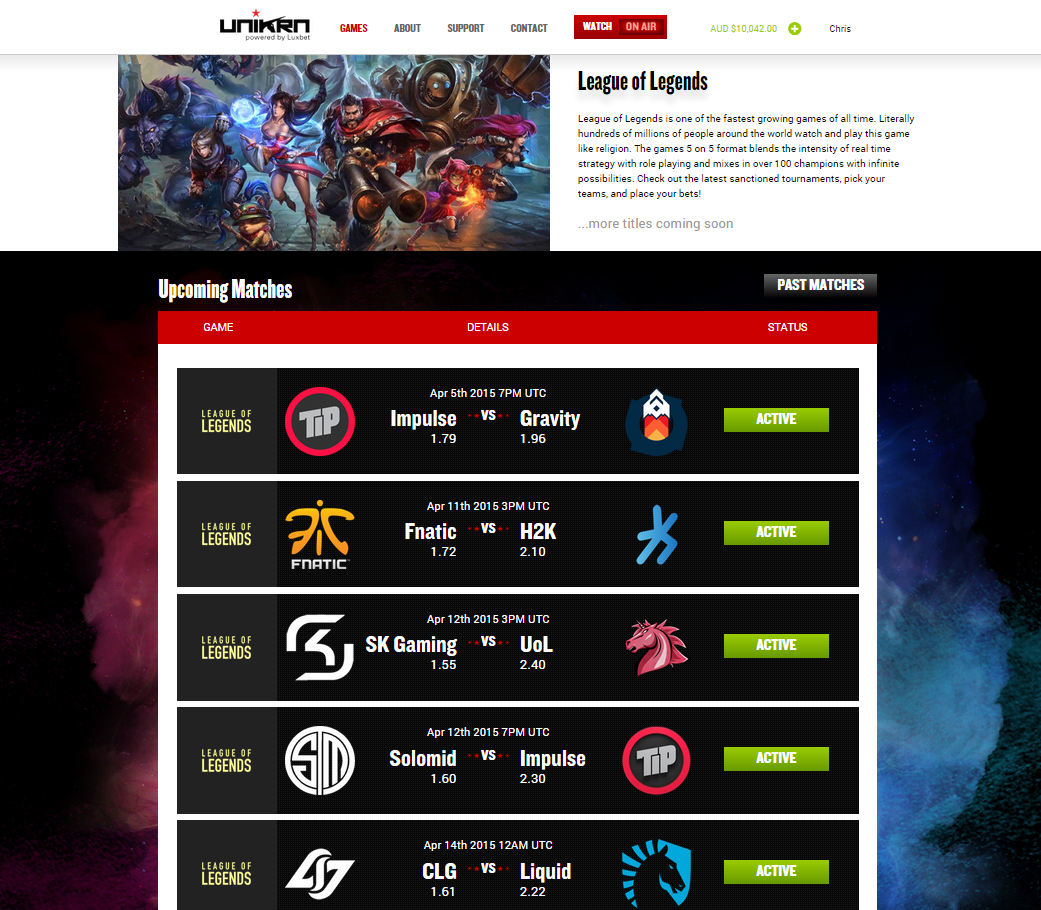Game designers, you need to completely rethink the way you design games these days. In the classic era of ancient times in video games (that is, the late 20th Century), a game began as an idea in some designer or producer’s head. (Sure, sometimes a game began because a licensing deal was signed, but those games were far outnumbered by the original creations.) These game ideas were developed and winnowed by publishers, and eventually a chosen few would be funded all the way through production into the reality of shipment. A few months before the ship date, marketing efforts would begin — a package and ads would be created, PR efforts would get under way, and marketing efforts were timed for maximum effect at launch day, being abandoned soon after.
This whole process was developed to maximize sales to retail stores, and to make sure that product sold through to customers. Games were rare things, though, and often months would go by in game stores without a major top-notch game coming in. Gamers were hungry for games, and many games that sold well weren’t even all that good — gamers were desperate for new game experiences, and so even mediocre games could do well with the right marketing push.
Welcome to the 21st Century, where good games are released every day, and great games every week or two. We’re drowning in good games — how many unplayed games have you piled up in your Steam library Ask any game player and they can probably name a number of games they are interested in but haven’t purchased or played yet — and there are hundreds of great games they haven’t even heard of.
It’s time to design your marketing before you design your game.
If this sounds crazy, it shouldn’t. The central problem of mobile games is discoverability, of getting found by gamers amidst hundreds of thousands of other games. That’s even true of games on PC, games online, and console games — there are so many good games out there, informing and convincing potential players to get your game is becoming increasingly difficult. Put another way, building an audience is more difficult than building a game, in many cases. And without a paying audience, you’re not going to make money from your game no matter how good it is.
A good game is just table stakes these days, John Riccitiello said. You still need to build your audience. Maybe you already have a massive customer base that you can cross-promote to, but not everyone has that handy. If you don’t, how do you know your game has a good chance of attracting a big audience

Think Hard.
Try drafting the press release for your game first, before you design it. Amazon and other tech companies have often used this trick — it forces you to think of features that would be compelling for your product. If your press release puts you to sleep, that’s a sure indication that your game isn’t distinctive or interesting enough.
Some companies have been known to go a step further, and create a TV commercial before they create a product. If the commercial create enough interest, they get to work on actually creating the product.
Sure, it sounds crazy, especially if your product contains significant technical challenges that you aren’t sure you can overcome. But the exercise of creating your marketing — or, at least, your key selling points — can wonderfully focus your design into working on what will appeal to an audience.
Potential game players are bombarded with news and messages every day — you should see how many press releases the average game journalist gets every day. How would yours stand out If all you have that makes your game unique is a different name for the fantasy world where the game takes place, you’d better go back to the drawing board. Try writing a press release that makes you excited to play the game, and then see if you can get some of your co-workers similarly excited.
A great game concept should be packed with things that stimulate great marketing campaigns. Tell your game idea to a marketer, and if it’s a compelling idea that should be obvious when your marketer responds immediately with ideas for how to market the game. If not, you either need to find a more creative and enthusiastic marketer, or a better game idea — or both.
Yes, it will be a challenge to build a game the lives up to the exciting adjectives in the press release you drafted at the beginning of the process. But if you can create a press release that’s exciting, and a game to match, your odds are much, much better that you’ll have a game that can attract an audience that will deliver a tidy profit to you.
Certainly, this concept is completely the opposite of the way most designers think — that’s the point. Looking at a problem from a different angle is a good way to find solutions. Yes, as the game design develops you often come up with new features, or find out that something you just threw in turns out to be the part of the game that everybody talks about when they see it. So your press release will no doubt get modified as the game is developed, which is a sign that you’re making the game more appealing to the audience — and not just to the design team.
Nothing is more critical than knowing the difference between what your designer or design team likes, and what a large audience is actually interested in playing. There are plenty of great games that appeal mainly to a very small audience — and those types of games can be wonderful pieces of craftsmanship, but they aren’t something that generates the profits you need to run a business. Figure out if the game you’re dreaming of creating will actually have a big enough audience to pay for your time — and that’s what a marketing plan should show you.
If you find yourself with a press release and a marketing plan that doesn’t seem like it will be a hit game with a large audience, congratulations! You’ve just saved yourself (and your company) a whole lot of time and money by not pursuing a game idea that had a low chance of success. Come up with another idea, or refine that first one, or mash it together with another idea — be creative! That’s the mark of a good designer, after all, and of a good marketer. Start with a great marketing concept for your game, and a great game should follow.





 Think Hard.
Think Hard.
